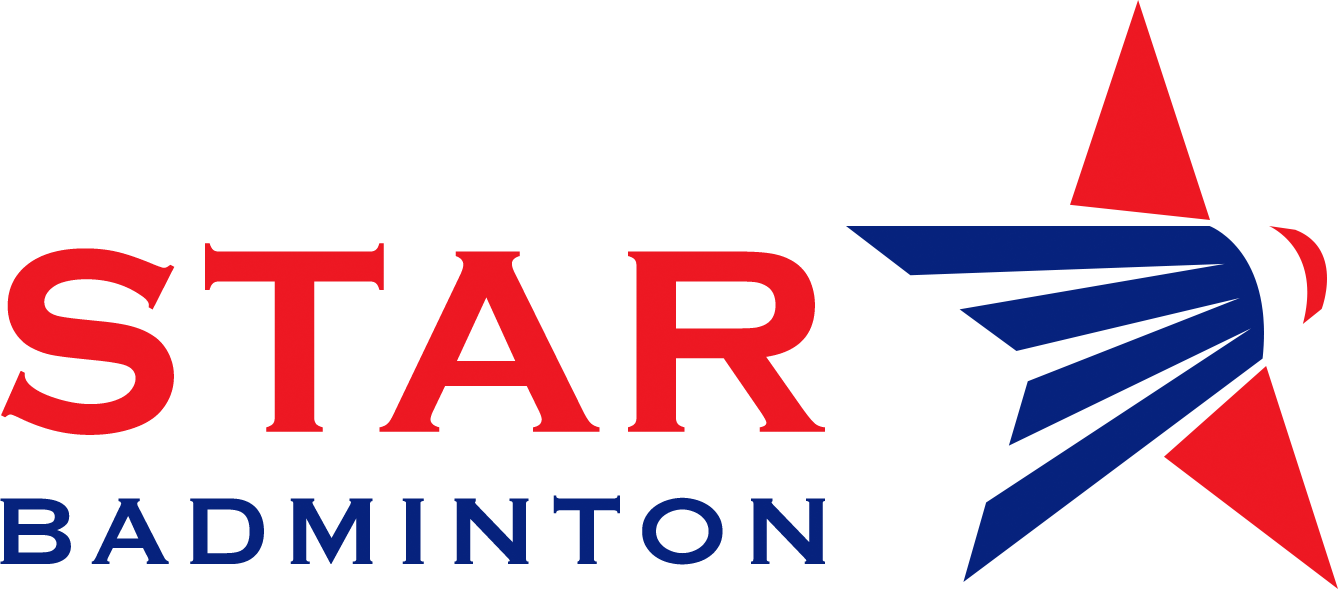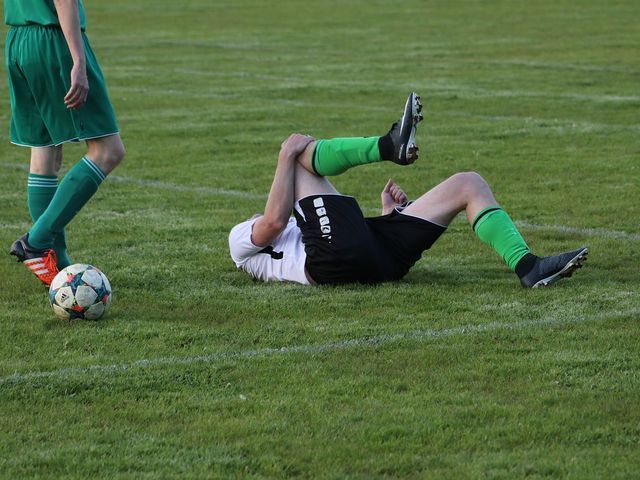Image by planet_fox from Pixabay
The increased competition and level of sports around the world implies that even an infinitesimal improvement in performance can lead to a difference between a gold medal or no medal at all.
An athlete’s performance is not only linked to his or her prowess at the game, but also on a lot on supporting factors like fitness, stamina, mental acumen, nutrition, etc
In this series of articles, we will focus on the importance of fitness training in sports with a special focus on strength training. Strength training has become an integral part of an athlete’s training regimen, and has been universally accepted as standard operating procedure. However, there still appears to be a fairly large contingent who have their doubts regarding the efficacy and overall benefits of strength training. The concerns usually stem from uninformed parents, misguided coaches, or gender stereotyping and misconceptions.
For this series of articles, we are proud to have master trainer Ajay Urs to guide us through evidence-based, documented, tried-and-true facts on why strength training should be a mainstay for all athletes — male and female — in every sport.
We start this series with one of the most important aspects which can make or break an athletes career.
Injuries in Sports
Injuries can lead to the end of the career for a competitive sportsman but they are also equally dangerous for recreational sportsmen who just enjoy playing sports with their friends. For these recreational sportsmen, an injury can mean a long and sometimes permanent absence from their favorite pastime. Here are some examples of injuries and causes:
- Strains – sometimes muscles are stretched farther than they should or, are moved in ways they shouldn’t move. Such activities leave them torn, damaged and in pain. Some common muscles that get strained in such ways while playing sports are hamstrings, groin muscles, and quadriceps.
- Sprains – these happen to ligaments just like how strains happen to muscles. Ligaments are tissues that connect bone to bone. When these ligaments turn in a wrong way, they can pull and tear. Sprain are common in ankles, knees, wrists, elbows etc
- Shin splints – these occur due to inflammation of the muscles in the lower leg caused by repeated stress and high impacts from running.
These are just some examples of common injuries, but every sport requires the body to move in a certain way, and therefore can wear out a different set of muscles, ligaments, tendons etc. As a result, every sport will have a set of injuries which the player will be susceptible to.
Strength Training to the Rescue
Injuries are inevitable in sports. The effect of the constant, inherent pounding on the body eventually takes its toll. However, a comprehensive, well-organized, properly administered year-round strength training program results in muscles and tendons that are more resilient to the stresses and impact forces sustained in athletic activities.
Muscles and tendons are parts of structures of the human anatomy which act as “shock absorbers” and joint stabilizers. Hence there is a need for continued strengthening of these structures. An extremely important point of emphasis here is that this benefit holds true for both male and female athletes. This increased strength is just as important in injury deterrence for females as it is for males. Additionally, stronger muscles and connective tissue tend to mend better and at a faster rate when injuries are incurred.
A regular fitness routine with some focus on improving strength of your muscles and joints is critical for every kind of sportsman. Anyone who wishes to engage in a sport either at a competitive level or as a form of having a good time with his buddies, must include strength training in their workout plan.
Author

Ajay Urs is a Certified Personal Trainer (CPT) and Certified Nutrition Consultant. He specializes in Rehabilitation, Spine Rehabilitation, Special Population Training. He has also achieved TRX Suspension Training L1, Trigger Point Foam Rolling L1, Flowin Friction Training, and StrongFirst Kettlebell training
You Can Follow him on
Facebook : https://www.facebook.com/ajay.urs.5
Instagram: https://www.instagram.com/patternswithaj/

